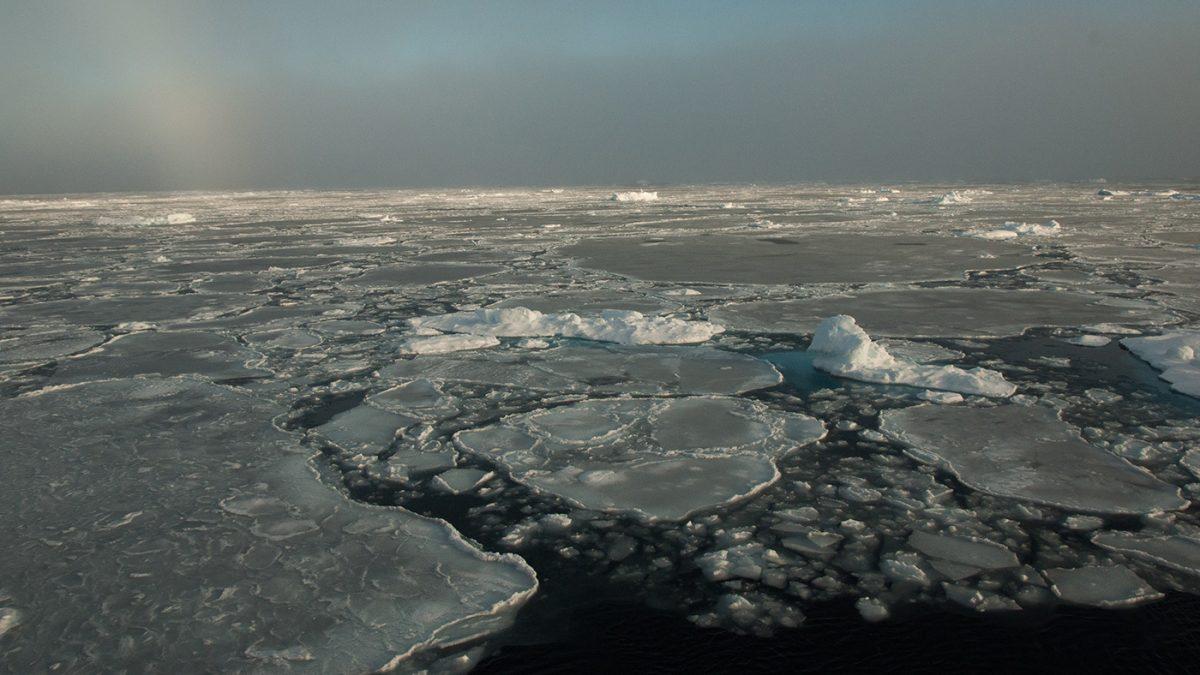Your morning cup of coffee, the apple you ate for lunch and the salad you plan to eat for dinner all have one thing in common: each of these foods consist of crops that were grown with the help of pollinators. However, a recent study released by the Intergovernmental Science-Policy Platform on Biodiversity and Ecosystem Services (IPBES) indicated that many of the world’s pollinators are being faced with the threat of extinction.
In a United Nations-sponsored report, scientists concluded that approximately 40 percent of invertebrate pollinating species, including bees, and 16 percent of vertebrate species are threatened with the possibility of extinction. The report represents data from over 125 countries, including the United States.
Though bees are the most commonly known pollinators, many other animals and insects contribute to the fertilization and reproduction of plants. Other species of pollinators that face extinction include butterflies, flies, wasps, beetles, moths and bats. Furthermore, pollinated crops not only include flowers, but also vegetables, fruits, nuts and seeds, all of which serve as primary sources of necessary vitamins and minerals. Because over 75 percent of the world’s food crops require pollination, scientists predict this extinction will negatively impact nutritional security and food production across the globe.
Not only will the extinction of pollinators increase the risks of malnutrition within animal and human populations, but scientists claim it could also impact the production of biofuels such as canola and palm oils, fibers and medicines.
In addition to impacting natural resources, researchers predict that the extinction of pollinators and their crops will adversely affect agricultural production and the annual value of global crops.
This decrease in pollinator populations is largely due to human activity. According to IPBES Vice-Chair Robert Watson, factors that have led to the extinction include the increasing usage of pesticides, changes in land use, the onset of disease within pollinators and climate change. Climate change in particular affects plant and pollinator territory, while also influencing plants’ flowering time.
Genetically modified (GM) crops that tolerate herbicides and resist pests pose a unique threat to pollinators, especially because GM plants reduce the accessibility of weeds that serve as a food source of pollinating insects.
In order to prevent further extinction of pollinators, researchers advise farmers to promote sustainable agriculture by decreasing the usage of pesticides, preserving pollinator habitats, implementing traditional farming practices and educating the general public regarding the detrimental effects of climate change.
According to Executive Director of the United Nations Environment Program Achim Steiner, the extinction of pollinators demonstrates the fragile relationship that human activity has with the planet’s biodiversity.
“The growing threat to pollinators, which play an important role in food security, provides another compelling example of how connected people are to our environment, and how deeply entwined our fate is with that of the natural world,” he said. “As we work towards food security, it is important to approach the challenge with a consideration of the environmental impacts that drive the issue. Sustainable development, including improving food security for the world’s population, necessitates an approach that embraces the environment.”





